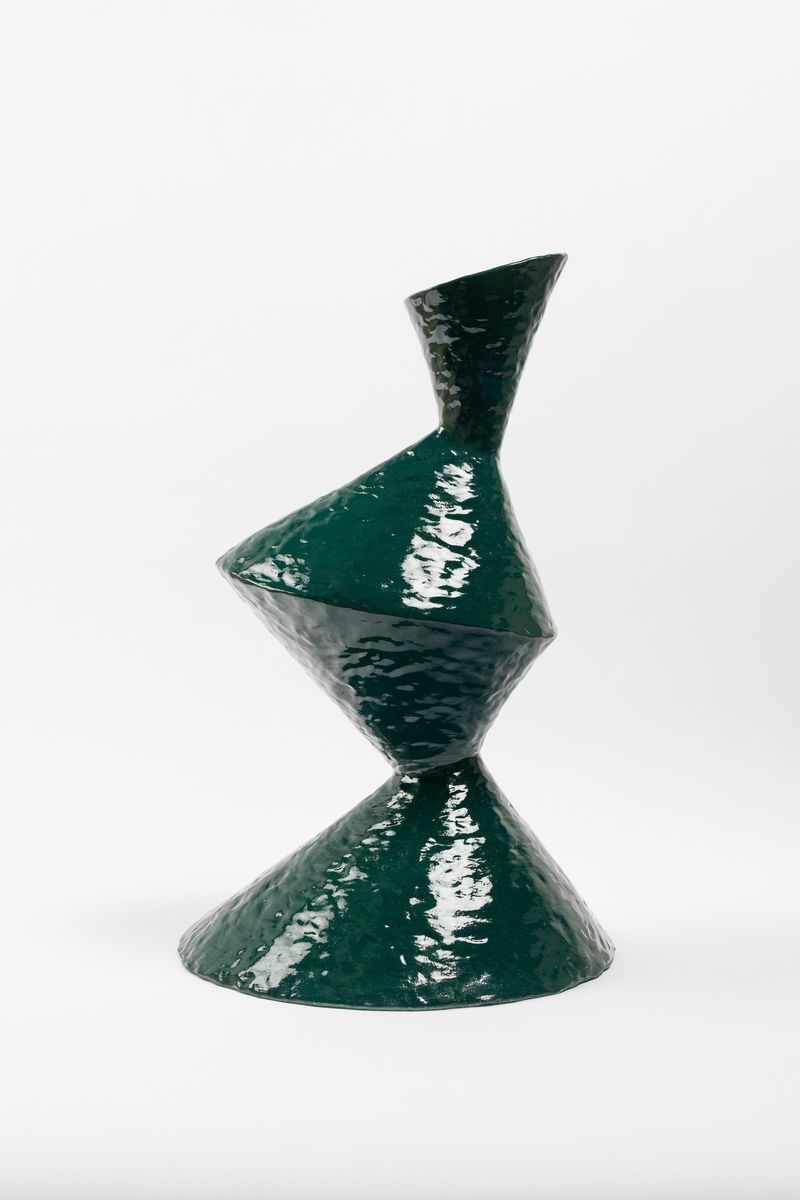
glazed earthenware
47 x 31 x 28 cm

glazed earthenware
47 x 31 x 28 cm
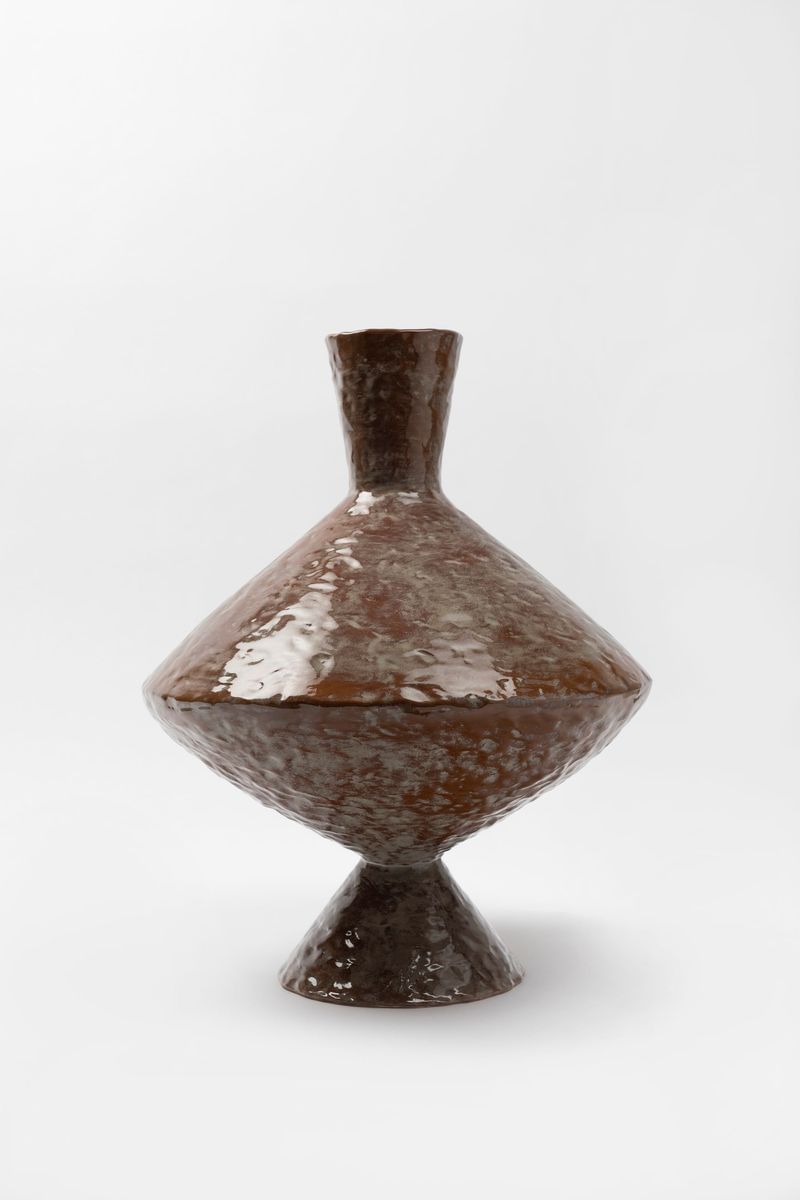
glazed stoneware
39 x 33 x 33 cm

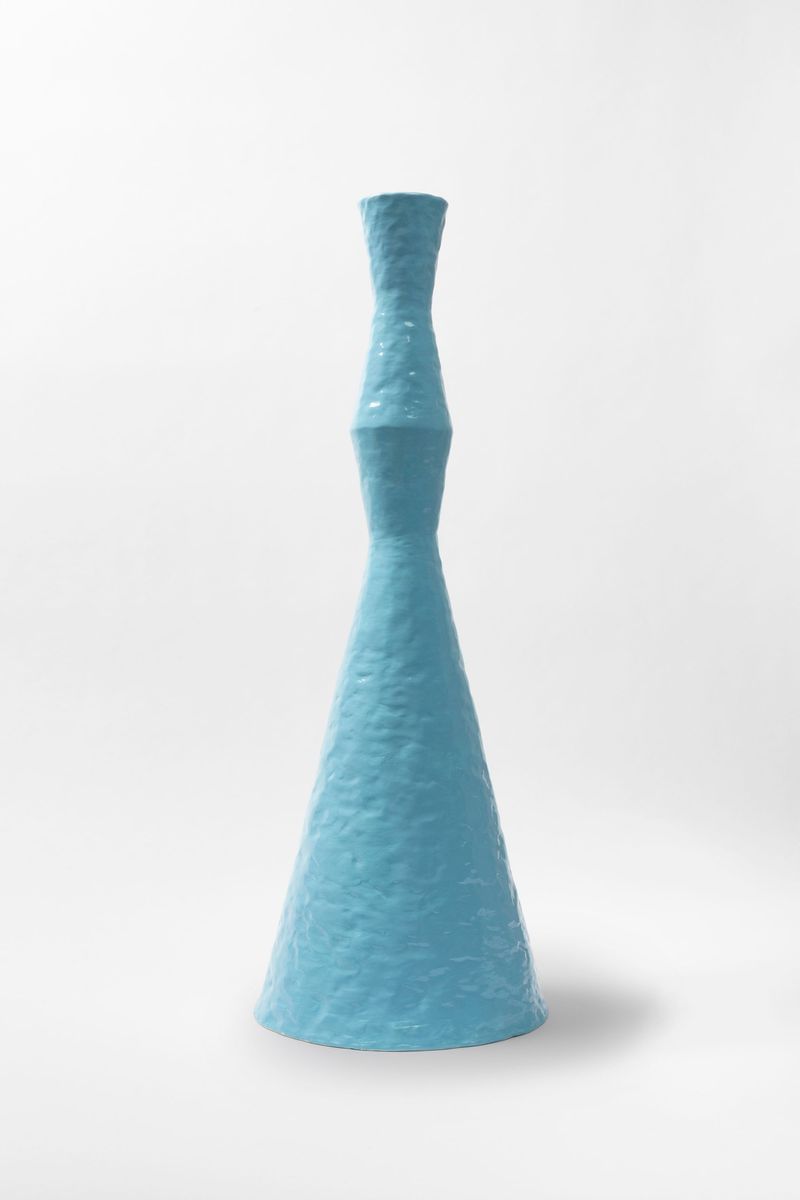
glazed earthenware
55 x 19 x 19 cm

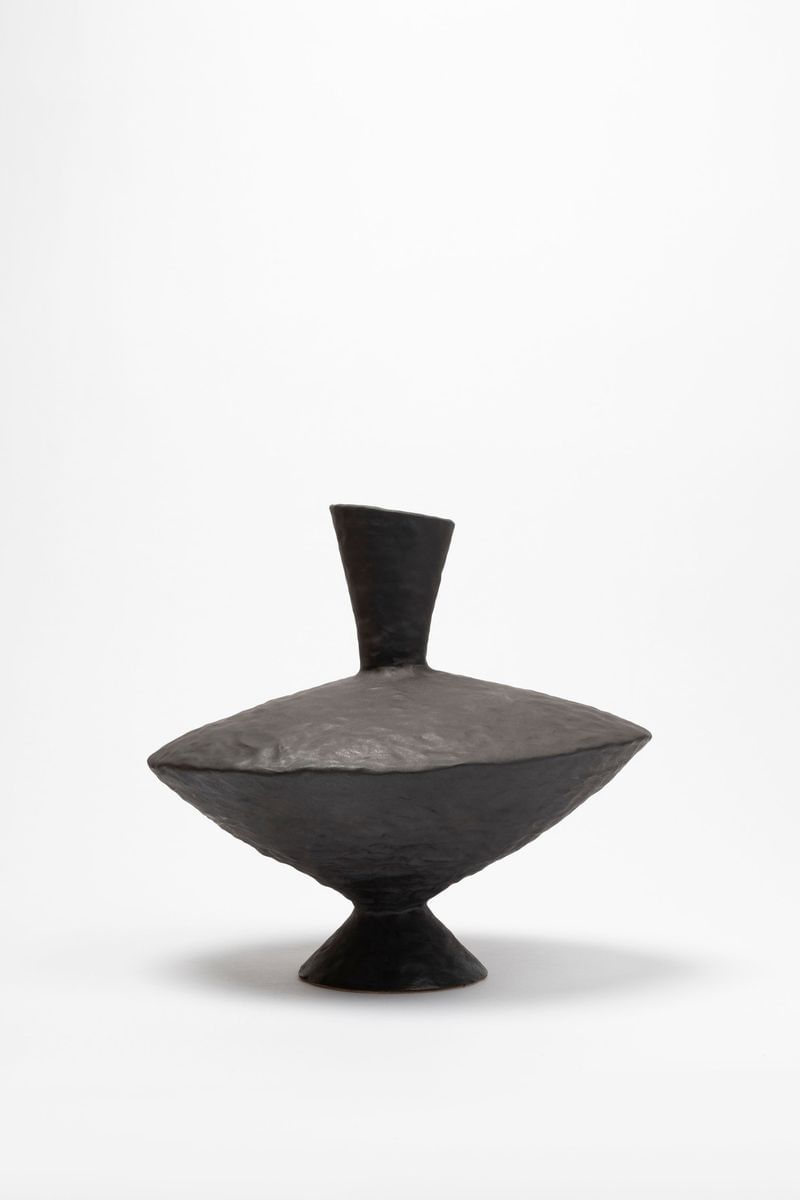
glazed earthenware
29 x 32 x 23 cm

glazed earthenware
29 x 32 x 23 cm
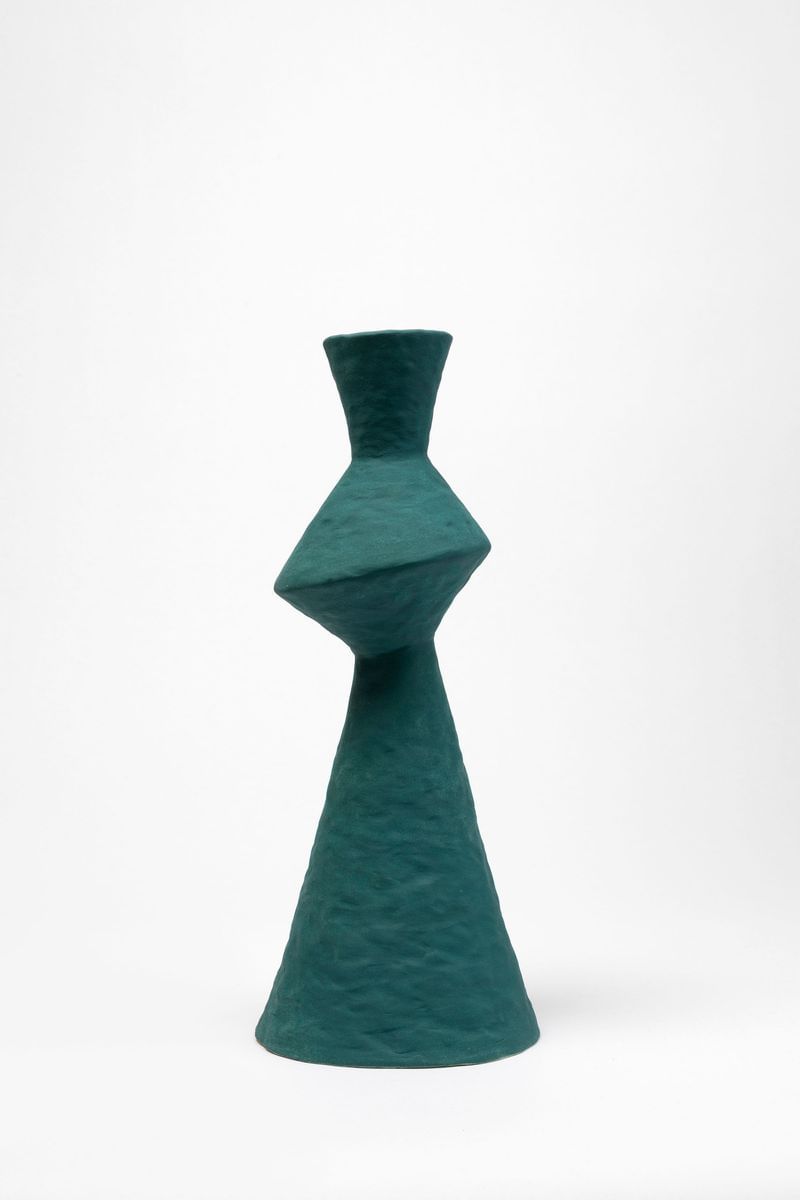
glazed stoneware
35 x 15 x 15 cm

glazed stoneware
35 x 15 x 15 cm
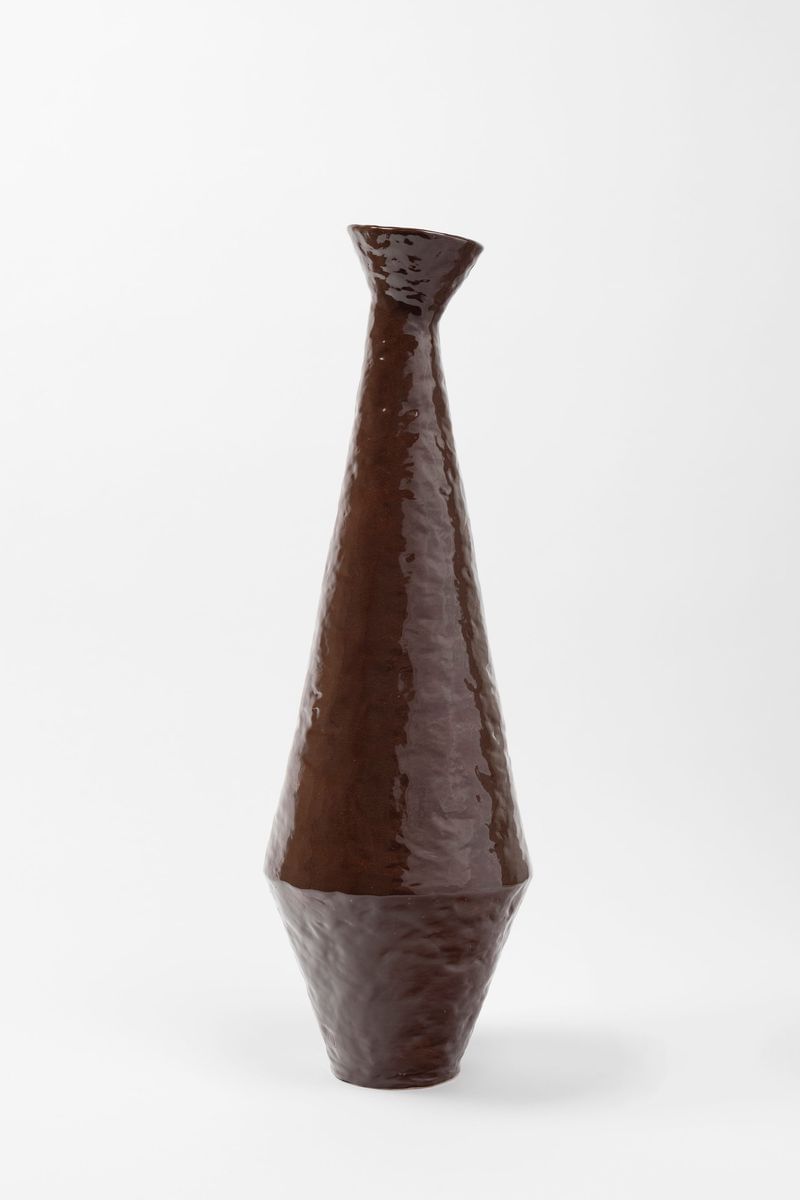
glazed earthenware
48 x 16 x 16 cm

glazed earthenware
48 x 16 x 16 cm
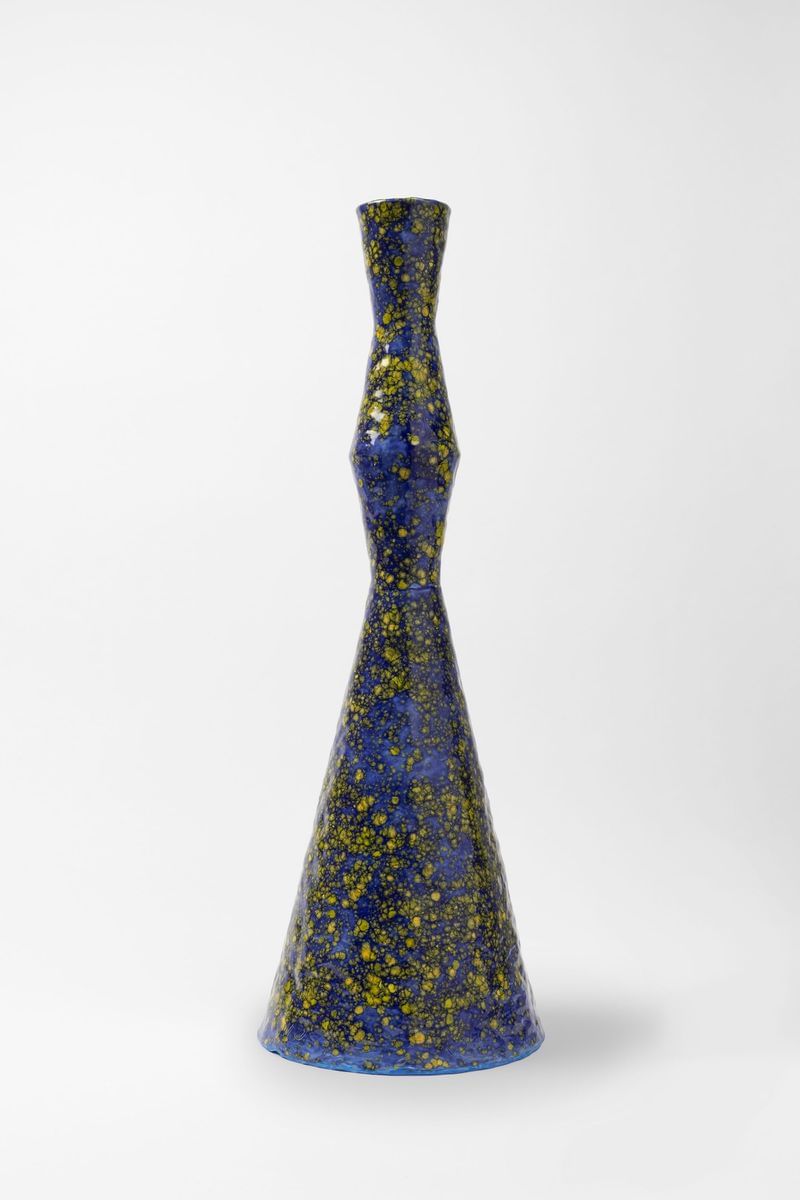
glazed earthenware
55 x 19 x 19 cm

glazed earthenware
55 x 19 x 19 cm

glazed stoneware
40 x 15 x 15 cm

glazed stoneware
40 x 15 x 15 cm
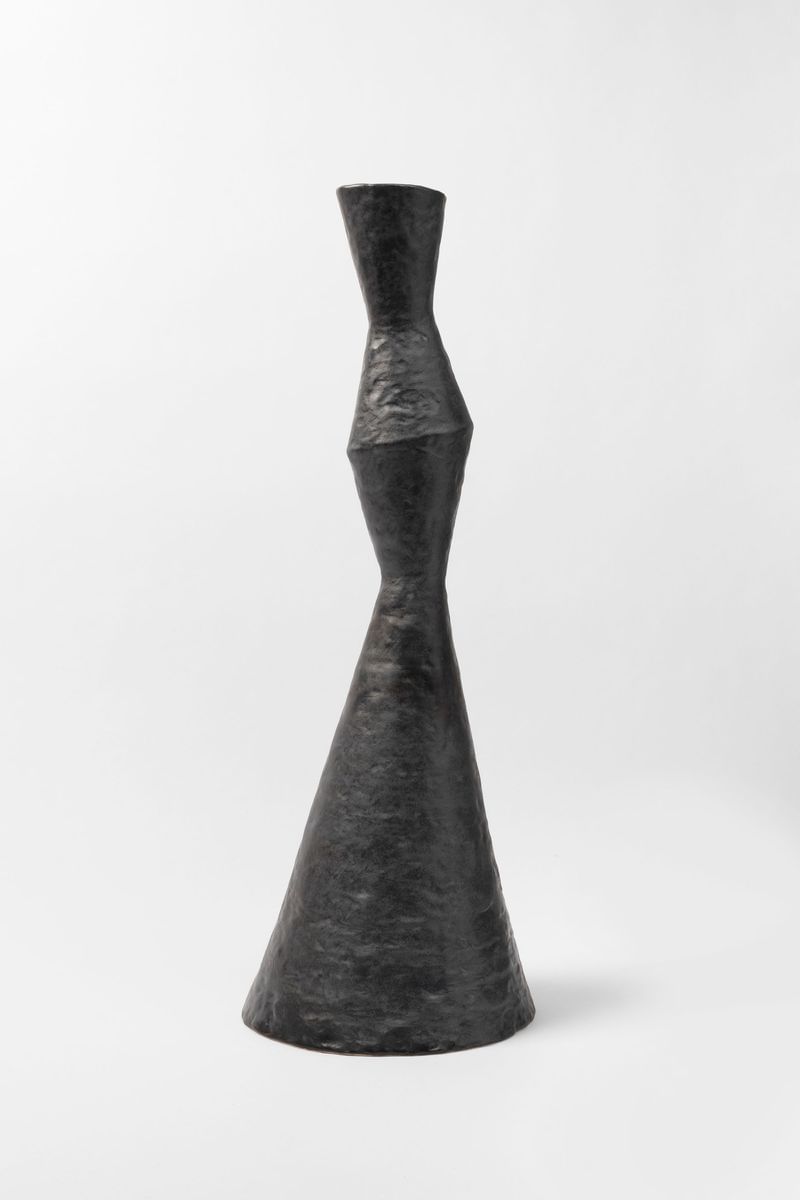
glazed stoneware
58 x 20 x 20 cm

glazed stoneware
58 x 20 x 20 cm
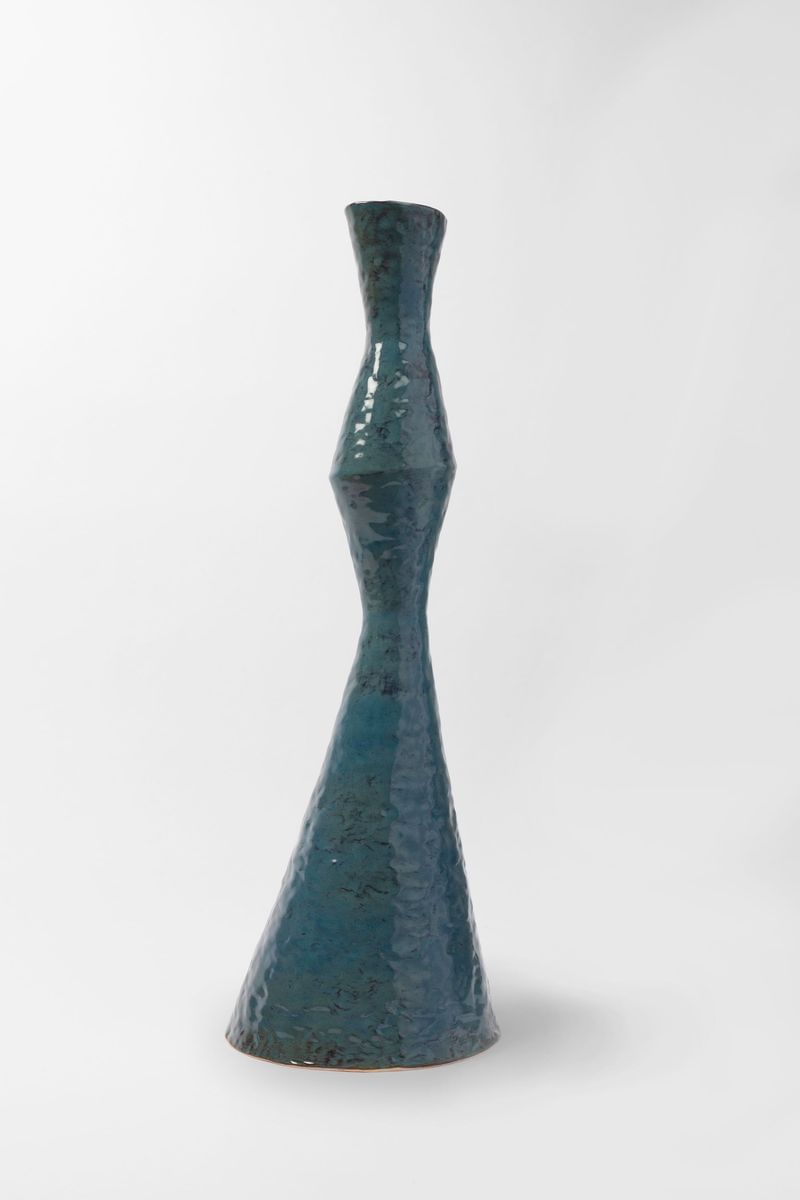
glazed earthenware
57 x 19 x 19 cm

glazed earthenware
57 x 19 x 19 cm
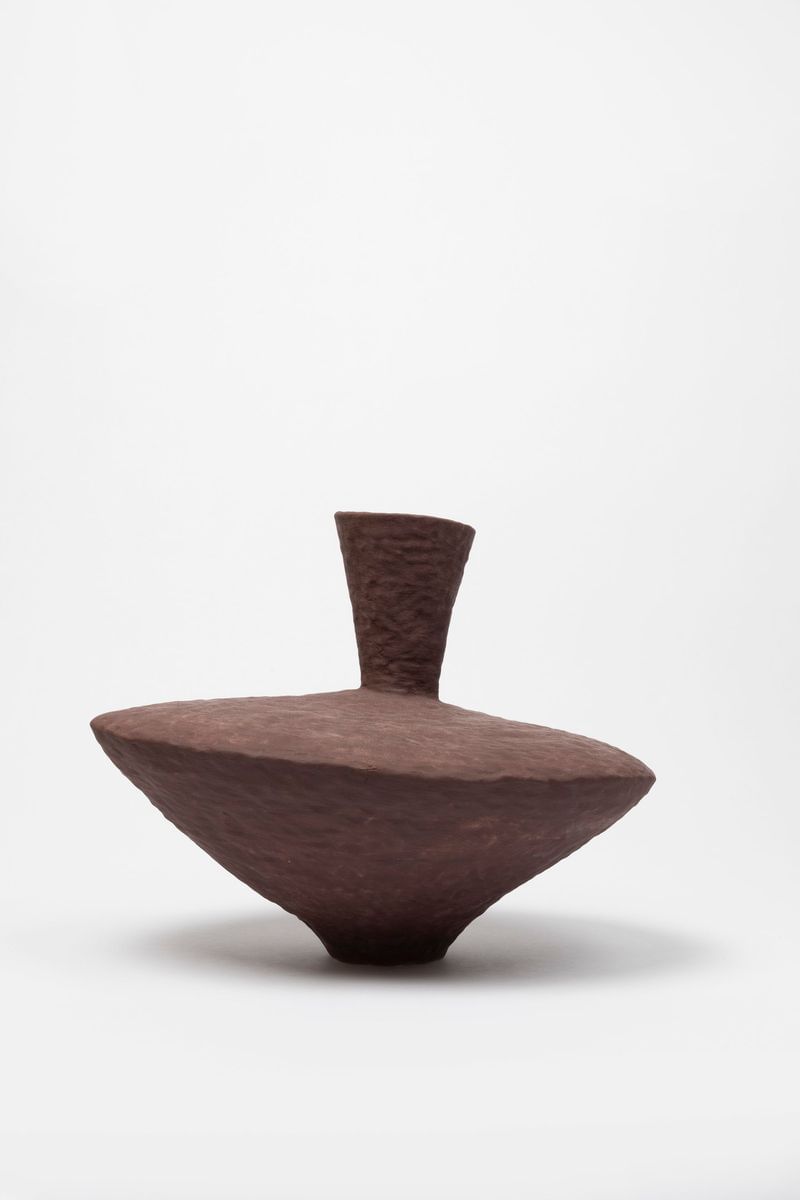
glazed stoneware
31 x 42 x 31 cm

glazed stoneware
31 x 42 x 31 cm
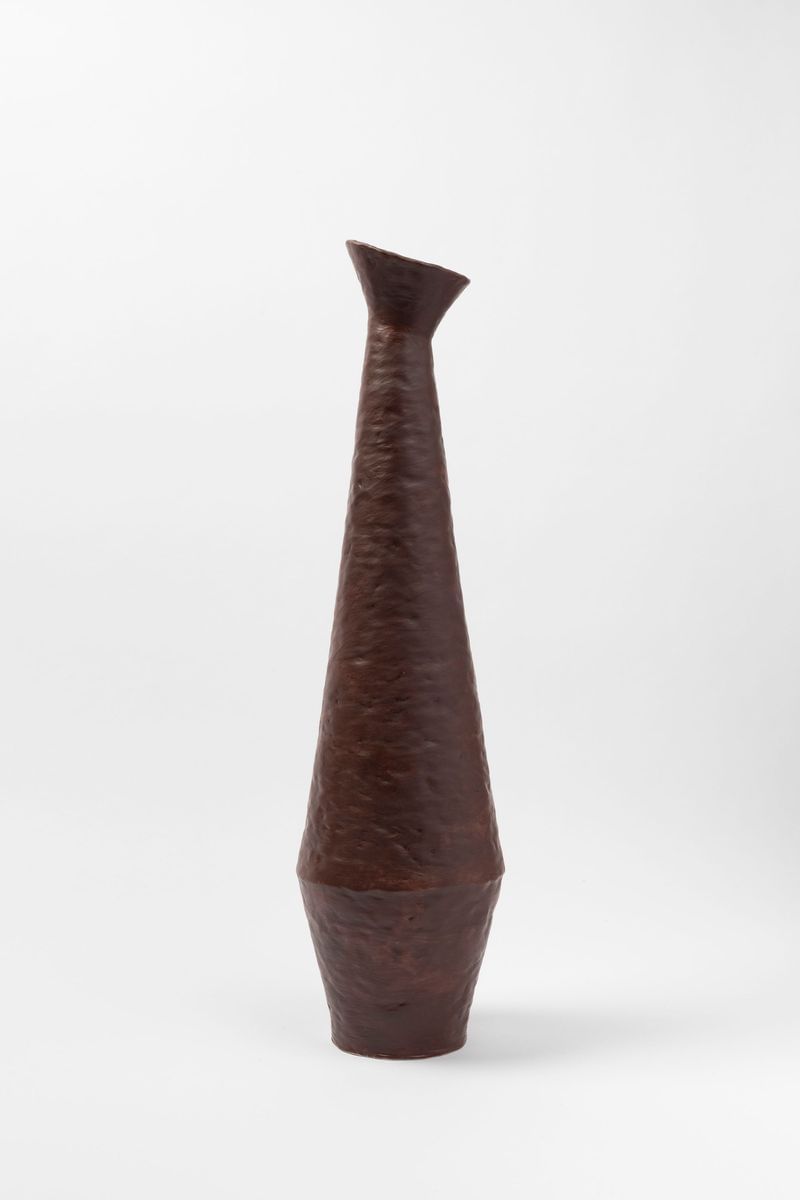
glazed stoneware
57 x 15 x 15 cm

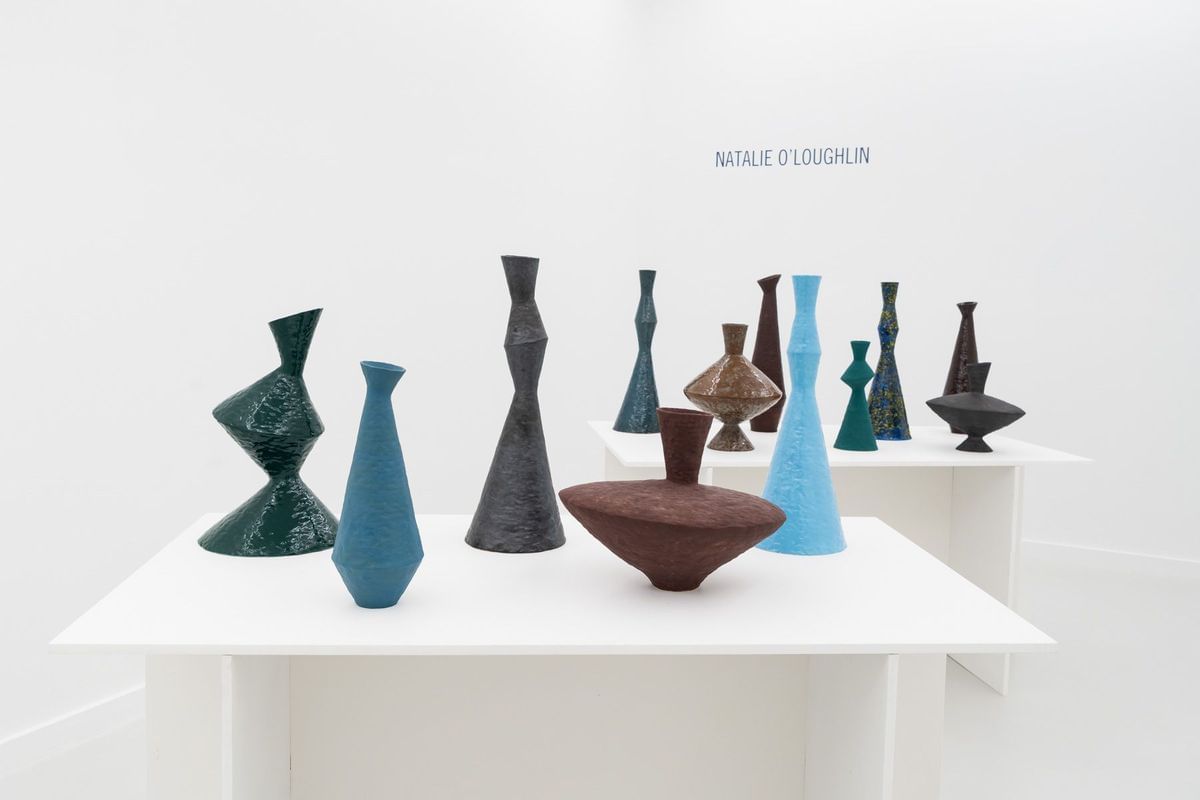

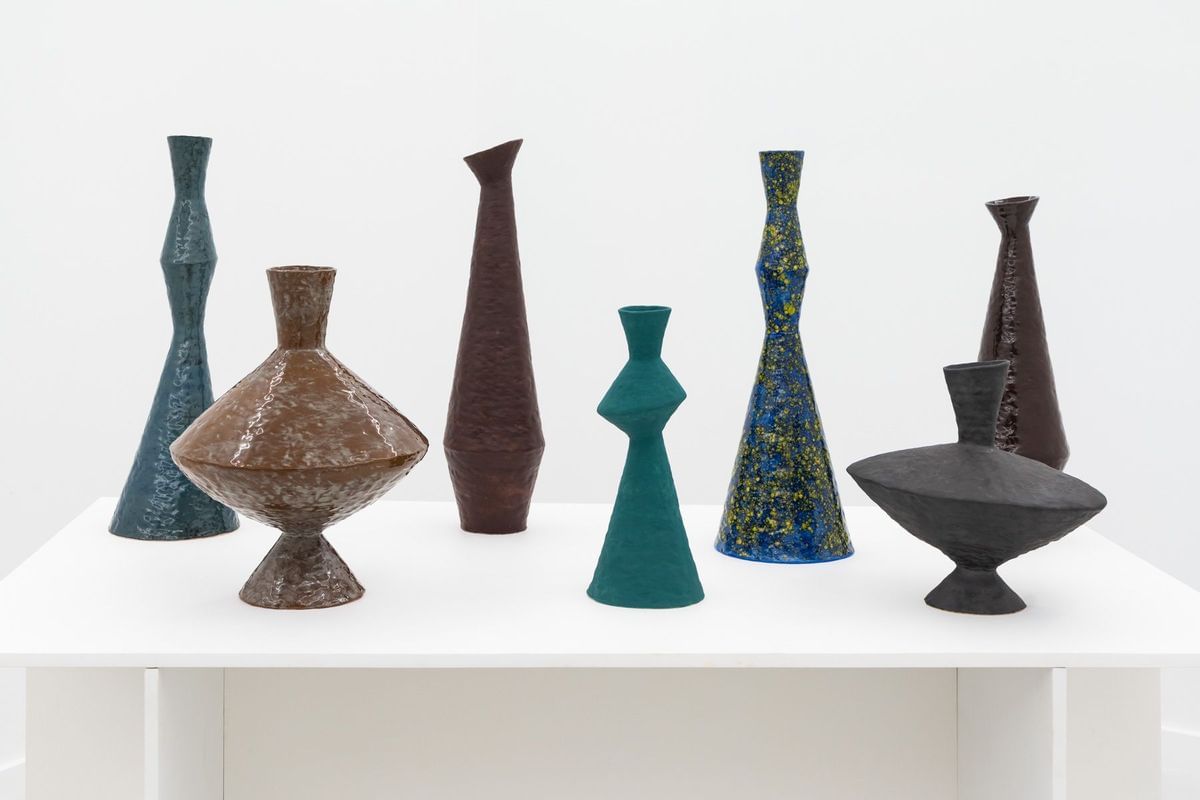

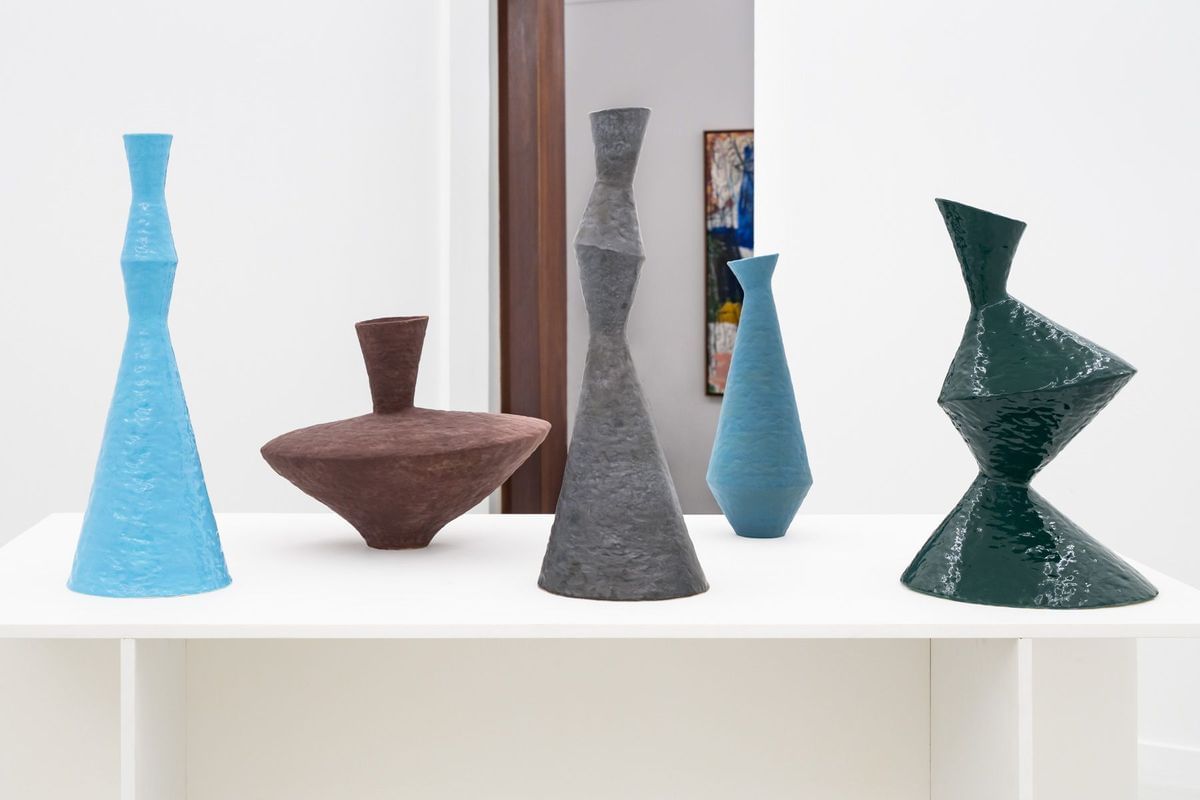

A show of hands
Hands are things we notice in others, on which we place great reliance as an indicator of character: like the face, they are prime areas for the expression of individuality. The human hand acts as an information superhighway to our fifth sense, touch. And with the eye in tow, the hand is our main source of contact with our physical environment–they can see around corners, and in the dark–they can function at a distance from our bodies; so ubiquitous with the involvement of human affairs. They are a huge part of our communication system; and in the extent to which they are used to communicate, not only words but emotions and ideas, our hands are so unique to each of us. Reach within.
Sitting in Natalie’s studio, discussing the material and immaterial, we talked a lot about things left unsaid. While we were talking about unsaid things, I noticed the wordless things Natalie was saying through the presence of her hands. With each word she spoke, a gesture from the hand accompanied it–her translator. The word ‘leaning’ was relieved by her finger touching her thumb in a loop; the word ‘collecting’, by percussive pats on her palm; and the word ‘puzzle’, a mellow fist: A secret sign language of Natalies insides, wordlessly sculpting the air before me. No activity demands more of the hands than to reveal how it mirrors our internal worlds. Being in the presence of Natalies vessels I realised the ineffable capabilities of the unlimited ways she handles her busy mind in the flow of action. Her hand on clay is a comradery born out of her need to knead; a companionship of languages in simpatico.
What I like about Natalie's work is not only how we can see the hand exhuming the mind–dimpled gestures grasped in action by way of contemplation– but how we can see the whole body too. The height of the vessels profiling the lengths of her arms; the oblique curvature echoing her posture at work; the moods she weathers in the lusty yet earthy, sheeny yet matte glazes and the visceral convolutions of colour in teamwork with her inner thoughts and feelings. All portraying a person whose lively hands are a product of a lively mind. Because of this, Natalies vessels remind me that all our bodies serve as arenas for our nerves and feelings; like them, we don't blend into carpentry, or hang on walls, we’re upright and present– living vessels–all handling our raucous insides one gesture at a time.
Opposite each other, Natalie pulled a glaze test pebble from her pocket. Sitting in her palm she said, want to see it? But the words she didn't say, hands cupping mine, want to feel it? I was in her hands.
Emma Finneran